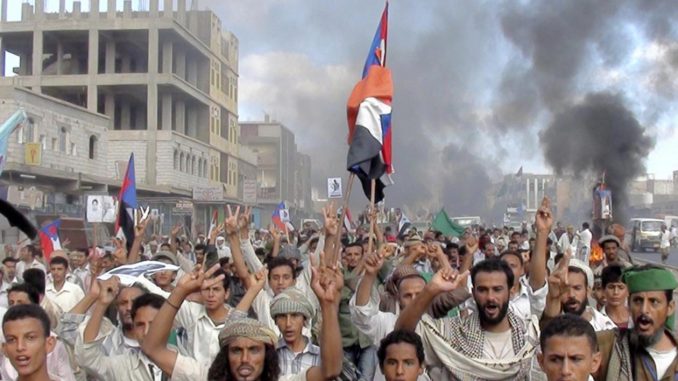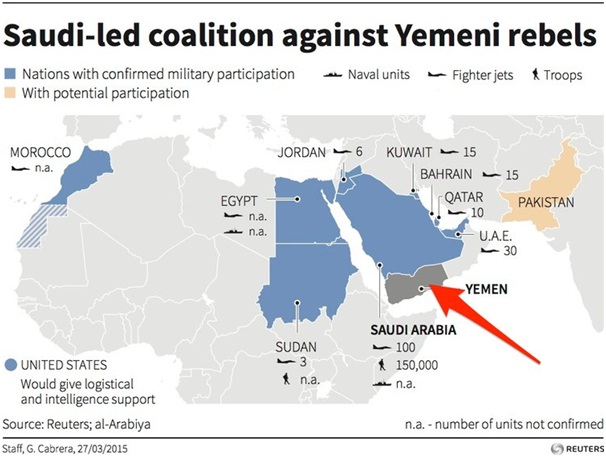
Context: The growing tensions in Yemen Conflict.
A timeline of events:
- The roots of the Yemen crisis dates back to the Arab Springs of 2011. The Arab Springs was a sequence of anti-government protests in North Africa. The uprising forced the Yemen president Ali Abdullah Saleh to quit office while his deputy Abdrabbuh Mansour Hadi assumed the office.
- President Hadi failed to tackle various political and economic challenges like Jihadi attacks, separatist movements in the South, unemployment, corruption and food security.
- In the face of the failure of the government, Yemen’s Zaidi Shia Muslim minority took advantage of the circumstances and organized the Houthi movement. And took over northern Saada province.
- Many disillusioned citizens supported the movement and the insurgents took control over the capital city of Sana’a in 2014. This led to the resignation of Prime Minister Mohammad Basindawa. In January 2015, the Houthi rebels seized the president’s palace, Abdrabbuh Mansour Hadi was also forced to resign.
The coalition and geopolitics: The advancement of the Houthi movement was seen as an anti-constitutional revolt by Saudi Arabia. In 2015, fearing the advancement of Shiya advancement, Saudi Arabia snitched up a coalition with the United States and neighboring Kuwait, Bahrain, Qatar, Sudan, and Egypt to restore the political order in Yemen and repress the Houthi

The STC revolt:
After four years of struggling the coalition could not achieve its desired result of restoring order. Last week Southern Transitional Council (STC), an armed group functioning under the coalition, turned against the coalition and gave a whole new dimension to the war.
The STC has control over the capital city of Sana’a and Adan. In a response to the mutiny, Saudi Arebia started to air strike STC. Currently a tenuous cease fire is established.
UAE in the picture:
UAE has been backing the Southern Transitional Council after the disappointing failure of the coalition. UAE has been a long time ally of the Saudi in its foreign policy. But in Yemen, while Saudi backs the Hadi government and Sunni parties to restore balance in the country, UAE is counts on STC to bring political balance and intends to exert its influence in southern Yemen.

Leave a Reply
You must be logged in to post a comment.